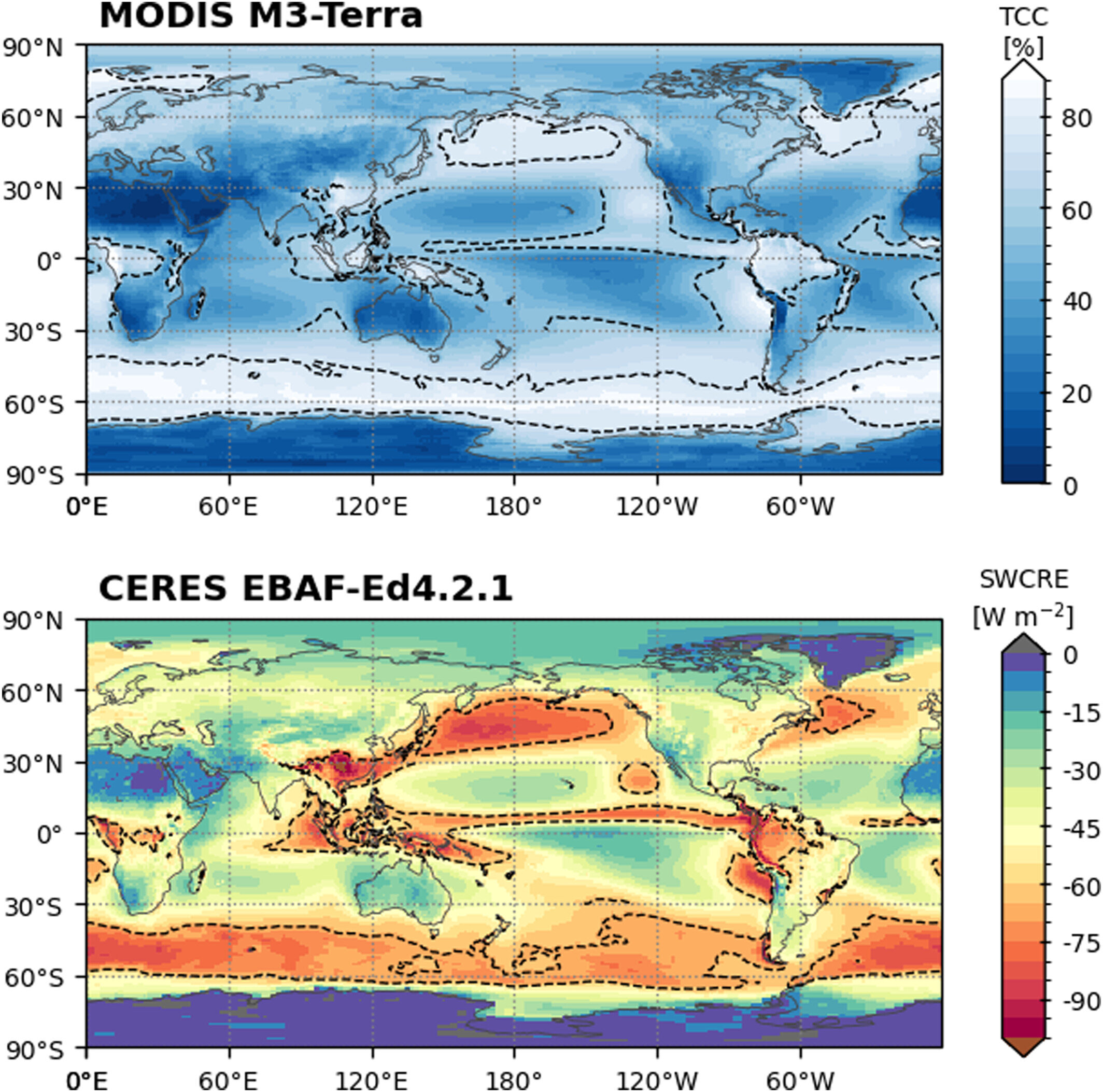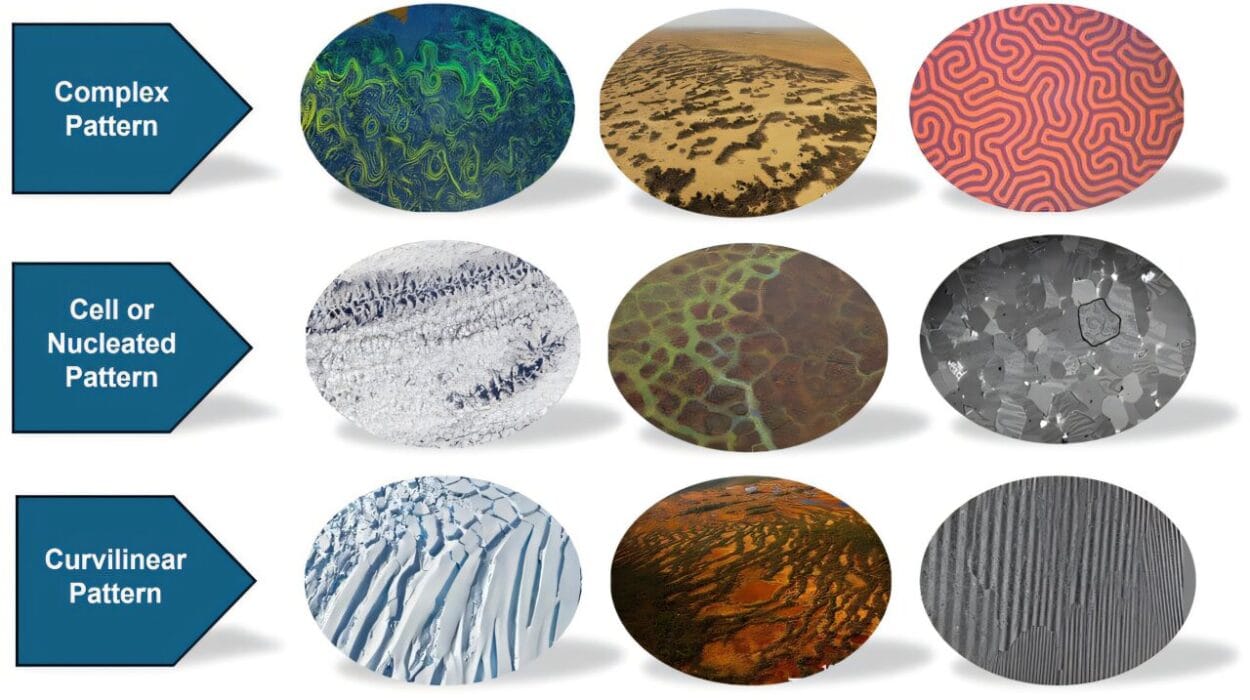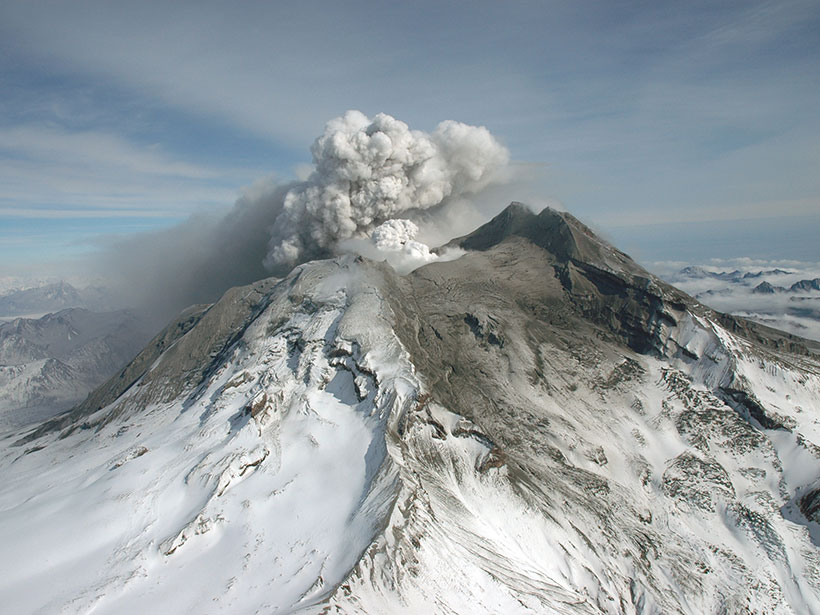In the vast blue canopy above us, clouds have long played a quiet but powerful role in shielding Earth from the sun’s relentless energy. But new international research warns that this vital planetary buffer is shrinking—and fast.
A study led by the United States’ National Aeronautics and Space Administration (NASA), in collaboration with the Australian Research Council Centre of Excellence for 21st Century Weather, has uncovered a concerning trend: Earth’s cloud cover is diminishing, and it’s making the planet hotter at a faster rate than scientists previously feared.
Published in Geophysical Research Letters, the study analyzed over two decades of satellite observations and revealed that between 1.5% and 3% of the planet’s storm cloud zones have been disappearing every decade for the past 24 years. These vanishing zones aren’t just meteorological trivia—they’re central to Earth’s ability to reflect solar radiation and regulate its temperature.
And with fewer clouds deflecting sunlight back into space, more solar energy is being absorbed by land and sea, accelerating global warming already fueled by greenhouse gas emissions.
The Disappearing Veil Between Earth and the Sun
For those who look skyward and think clouds are mere scenery or inconvenient weather, this new research tells a deeper story—one of planetary physics, atmospheric currents, and a warming world.
Clouds, especially those generated by storm systems near the equator, act like giant parasols. They reflect sunlight back into space before it can be absorbed by the Earth’s surface. But as wind patterns shift and the tropics expand—clear fingerprints of climate change—these storm systems are drifting toward the poles, leaving behind vast stretches of clearer sky.
“We’ve long known that changes in atmospheric circulation are affecting clouds,” said Professor Christian Jakob, a co-author of the study and Director of the ARC Centre of Excellence for 21st Century Weather at Monash University. “For the first time, we now have research showing those shifts are already driving major changes in how much energy the Earth absorbs.”
A Tipping Point in Earth’s Energy Budget
The Earth maintains a delicate energy balance: sunlight comes in, some of it is reflected, and some of it is absorbed. But when cloud cover diminishes, the scales tip. More solar energy gets trapped in oceans and land surfaces, leading to higher temperatures, more intense heatwaves, and increasingly unpredictable weather.
“Reduction in cloud cover is now understood to be the largest contributor to Earth’s increased absorption of solar radiation,” Jakob said.
This additional heat loading acts like turning up the thermostat on the entire planet. It accelerates ice melt, supercharges storms, and worsens droughts—creating a feedback loop that amplifies climate instability.
The implications are not just academic. Jakob emphasizes that these findings are a “wake-up call for urgent climate action.” Without accurate data on how clouds are behaving, climate predictions risk underestimating the speed and severity of warming.
More Than Climate—It’s About Weather
One of the most sobering insights from this study is the evolving understanding of how climate change affects day-to-day life. It’s not just about melting glaciers or rising seas; it’s about the changing character of weather itself.
“Our mission is to understand how Australia and the world’s weather is being reshaped by a warming climate,” Jakob explained. “It’s not just long-term averages that matter, but how the day-to-day and season-to-season conditions we all rely on are changing.”
This shift in thinking—from “climate change” to “weather change”—brings the global crisis into sharper, more personal focus. Droughts that last longer. Floods that come harder. Storms that don’t behave the way they used to. And through it all, the silent vanishing of clouds above.
The Role of International Science in Understanding the Sky
To detect these changes, researchers relied on high-resolution satellite data spanning nearly a quarter of a century. These measurements enabled the team to track subtle shifts in the planet’s storm cloud zones—changes imperceptible from the ground but deeply consequential from space.
But such global-scale scientific work is only possible through long-term investment and collaboration. Jakob warns that cutting funding to climate science or undermining its independence is not just shortsighted—it’s dangerous.
“If you want to understand the climate crisis, and prepare for its impacts, you need this kind of data and this kind of analysis,” he said. “Eliminating science that informs those actions is a perilous strategy.”
He calls for stronger support of international research institutions and more collaboration across borders to monitor and respond to Earth’s rapidly changing weather systems.
Climate Doesn’t Care What We Believe—It Responds to What We Do
There is a growing sense that we’ve passed the era of warnings and entered the era of consequences. With each study, each data point, the contours of our climate future come into sharper view. This new research adds urgency to an already alarming picture: a world warming faster than expected, in part because the very clouds that once kept us cool are disappearing.
“It is important for all of us to realize that our climate does not care what people wish it to be,” Jakob said. “It only responds to our actions.”
The findings are more than another footnote in the science of climate—they are a call to arms. To understand. To adapt. To act.
A Sky Worth Fighting For
The clouds are thinning. The tropics are swelling. And the world is heating in response.
But science, even when it brings bad news, is also a tool of hope. Understanding what’s happening above our heads can help us prepare for what’s coming. It can shape policies that prioritize resilience, energy systems that reduce emissions, and global cooperation that transcends politics.
Because the sky is not just where storms form. It’s where our future is written.
And that future depends on whether we listen—not just to the thunder, but to the quiet voice of science that sees the storm long before it arrives.
Reference: George Tselioudis et al, Contraction of the World’s Storm‐Cloud Zones the Primary Contributor to the 21st Century Increase in the Earth’s Sunlight Absorption, Geophysical Research Letters (2025). DOI: 10.1029/2025GL114882






